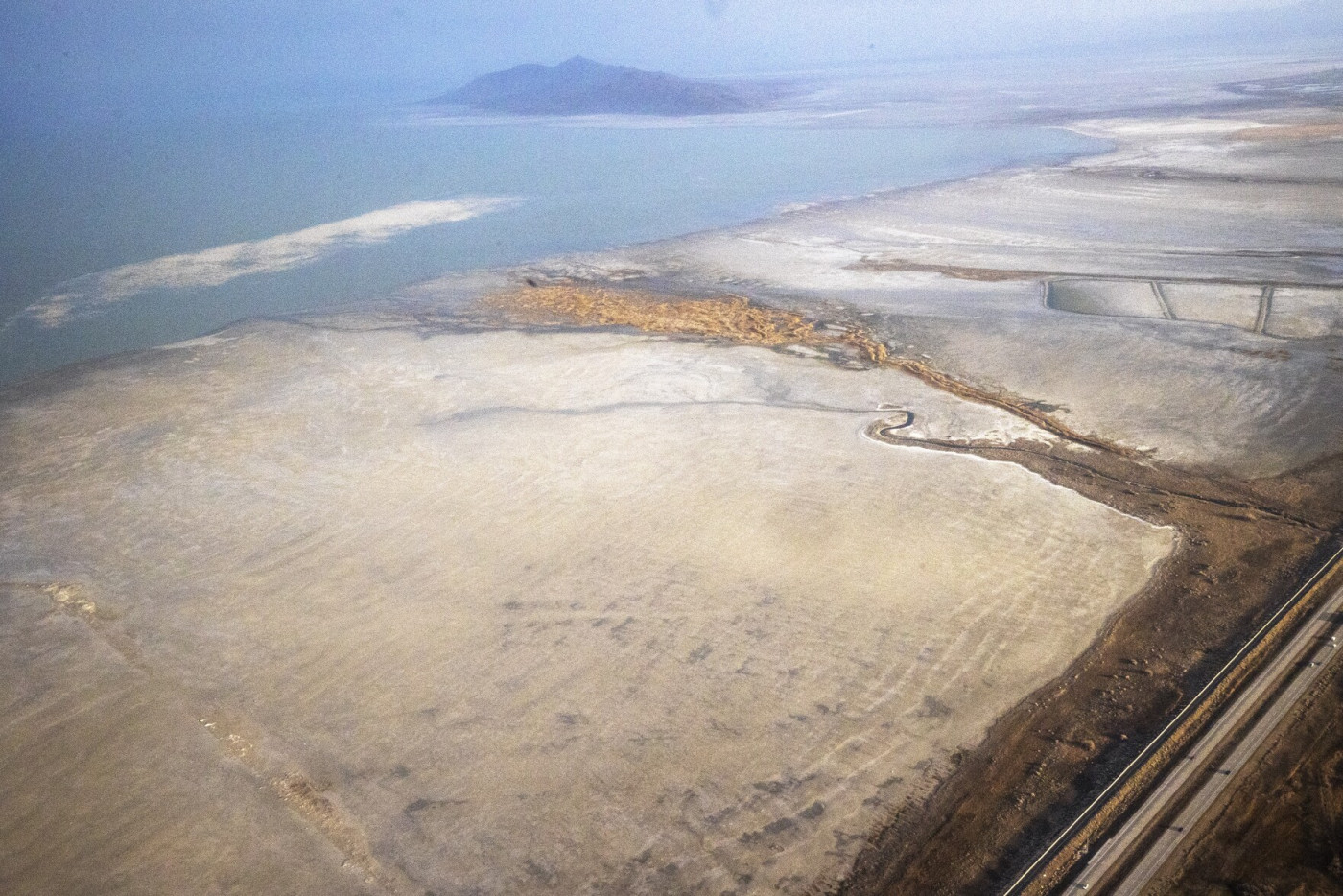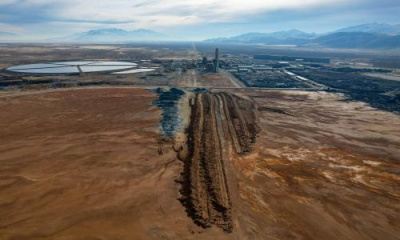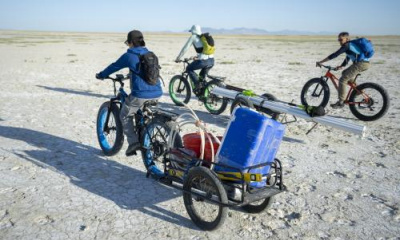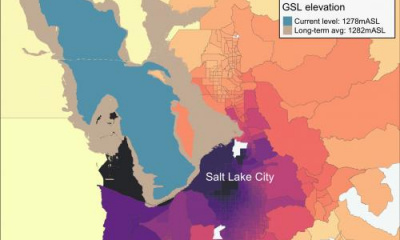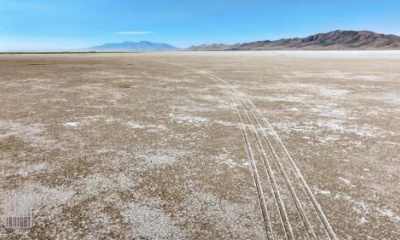The Great Salt Lake is shrinking at an alarming rate, and it’s about to reach a new record low following an extreme drought.
That’s raising concern about potential health impacts as dust storms roll in.
Researchers have found that for over a century, the lake bed has been slowly accumulating byproducts of human activities like mining, smelting, and agricultural runoff.
As the lake disappears, the exposed bed turns into dust that contains elevated levels of potentially toxic heavy metals and chemicals like arsenic.
Large particulate matter from the Great Salt Lake can get stuck in respiratory systems according to Maura Hahnenberger, an associate professor of geosciences who studies dust storms at Salt Lake Community College.
“They might get caught in your nose and your sinuses in your mouth and in the upper part of your breathing airway. And so that can cause symptoms like coughing, a sore throat, stuffy nose, but not as many kinds of long-term health impacts,” she said. “But the really small particles that we call PM 2.5, those are able to go a lot deeper into people's lungs…that can cause inflammation in the lungs and can cause respiratory issues, definitely, but also cardiovascular issues.”
“The environmental threats of the Great Salt Lake are going to affect different communities at different levels,” said Meisei Gonzalez, communications director for HEAL Utah. It’s why the group wants more air monitors to understand how the lakebed dust impacts people.
“When you get down to that city-level, where we can say the Great Salt Lake is affecting Magna at a higher level than it's affecting downtown Salt Lake City because when we see those big generalized air quality monitors monitoring the whole county it gets really confusing because everyone's like, ‘Oh, well, Salt Lake County's green, so we're all good.’ Maybe, Magna, West Valley are breathing a little dirtier air, right?”
Right now the National Weather Service only reports on potential incoming dust storms but not the contaminants.
Gonzalez said it’s important for lawmakers to think about these issues as they look at solutions to save the Great Salt Lake.
There are ways to help mitigate the dust storms, Hahnenberger said. That includes adding “more water to the lake and to make sure we don't disturb the soils that are out there.”
Lawmakers recently suggested looking into building a Pacific Ocean pipeline to bring water to the lake.
“I don't think there's enough that can really grasp the big picture of how this has become an environmental justice issue. I also feel like [data is] needed, especially when it comes to creating legislation and these regulations to help improve our air quality,” Gonzalez said. “It's one thing to say, ‘hey, our air is bad.’ It's another thing to have that data backing it up when we go up to the Capitol and say, ‘hey, the air from the Great Salt Lake is affecting this community at this level.’”
The dust can impact more than just a person’s health. Hahnenberger said dust storms can travel up to about 100 miles away.
“Some of this dust does get deposited on our snow. It makes the snow darker in color, and that makes the snow melt faster, which is a concern for our water supply,” she said.
Matthew McPherson, a public information officer for the Utah Department of Environmental Quality said in a statement they analyze their existing air monitor filters to determine if they are picking up any toxic dust.
In a statement to KUER, McPherson said they haven’t yet seen this in Utah.
“If we did find toxic dust, we would work with our modelers and other contributing agencies to determine if additional air monitoring sites were needed, or use existing sites to conduct additional monitoring.”

